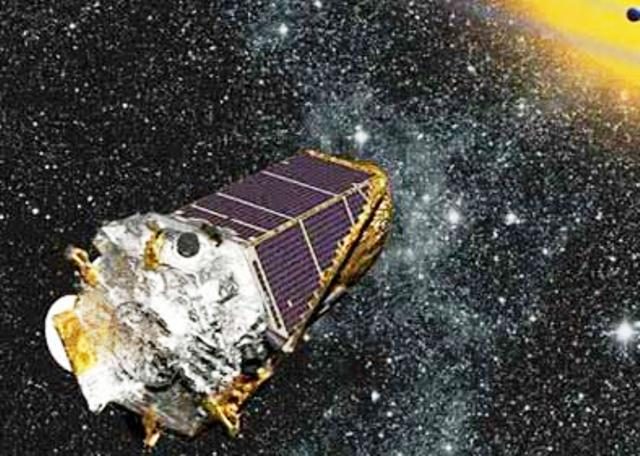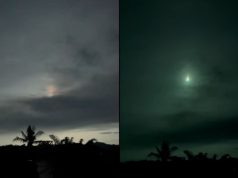WASHINGTON | U.S. space agency NASA announced Monday that its Kepler space telescope has discovered 219 new planet candidates outside our Solar System.
Of those, 10 are near-Earth size and orbiting in their star’s habitable zone, which is the range of distance from a star where liquid water could pool on the surface of a rocky planet to support life.
With the latest release, Kepler has detected a total of 4,034 planet candidates, of which 2,335 have been verified as exoplanets.
Of roughly 50 near-Earth size habitable zone candidates detected by Kepler, more than 30 have been verified.
“This is the most comprehensive and detailed catalog release of candidate exoplanets, which are planets outside our solar system, from Kepler’s first four years of data,” NASA said in a statement.
“It’s also the final catalog from the spacecraft’s view of the patch of sky in the Cygnus constellation.”
The Kepler spacecraft was launched in 2009. Its mission is to search the nearby region of our galaxy for exoplanets by detecting a transit, or the miniscule drop in a star’s brightness that occurs when a planet crosses in front of it.
Another study using Kepler data suggested two distinct size groupings of small planets: rocky Earth-like bodies and gaseous planets smaller than Jupiter. Few planets were found between those groupings.
“We like to think of this study as classifying planets in the same way that biologists identify new species of animals,” said Benjamin Fulton, doctoral candidate at the University of Hawaii in Manoa, and lead author of the second study. “Finding two distinct groups of exoplanets is like discovering mammals and lizards make up distinct branches of a family tree.”
It seems that nature commonly makes rocky planets up to about 75 percent bigger than Earth, NASA said.
For reasons scientists don’t yet understand, about half of those planets take on a small amount of hydrogen and helium that dramatically swells their size, allowing them to “jump the gap” and join the population closer to Neptune’s size, it added.










